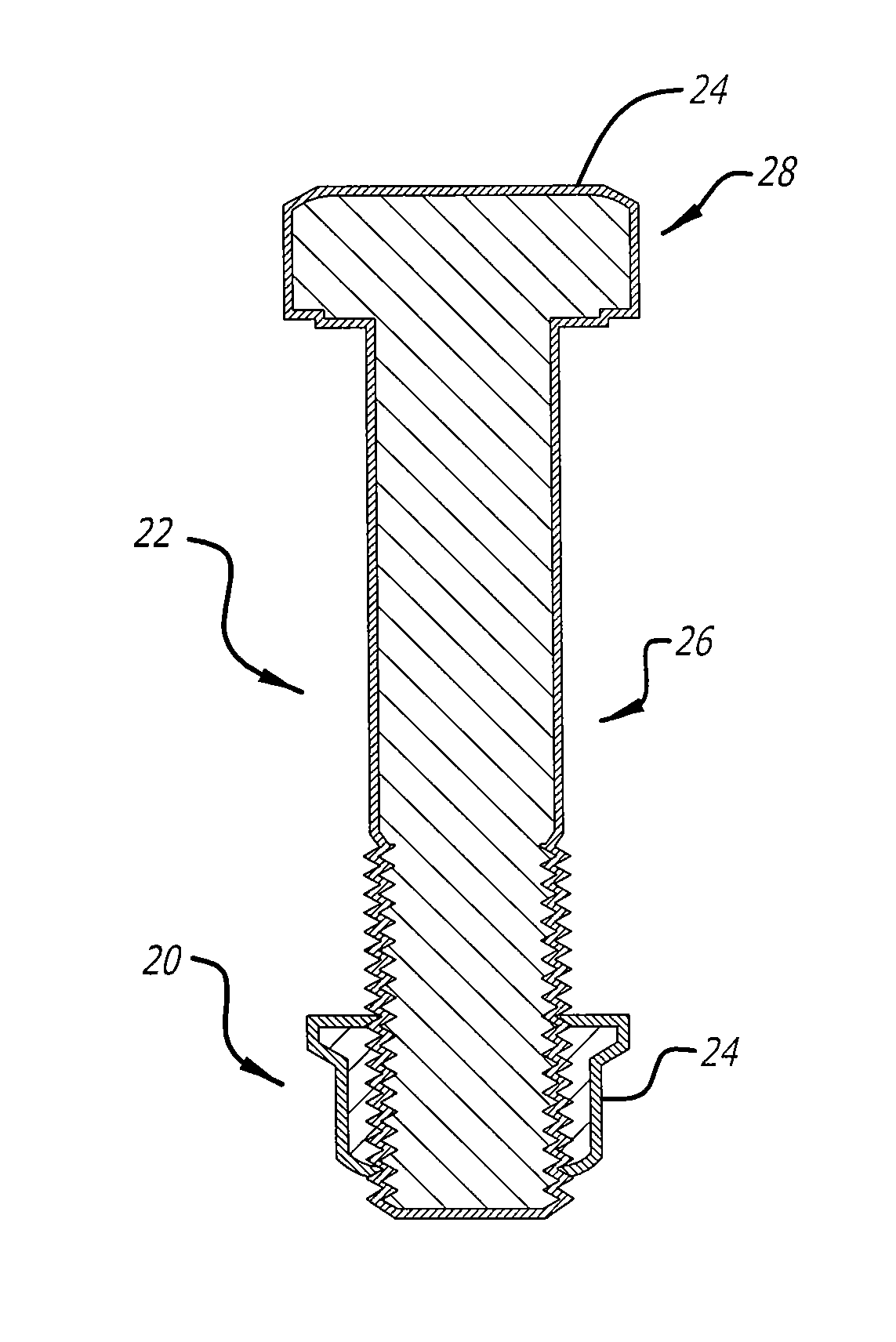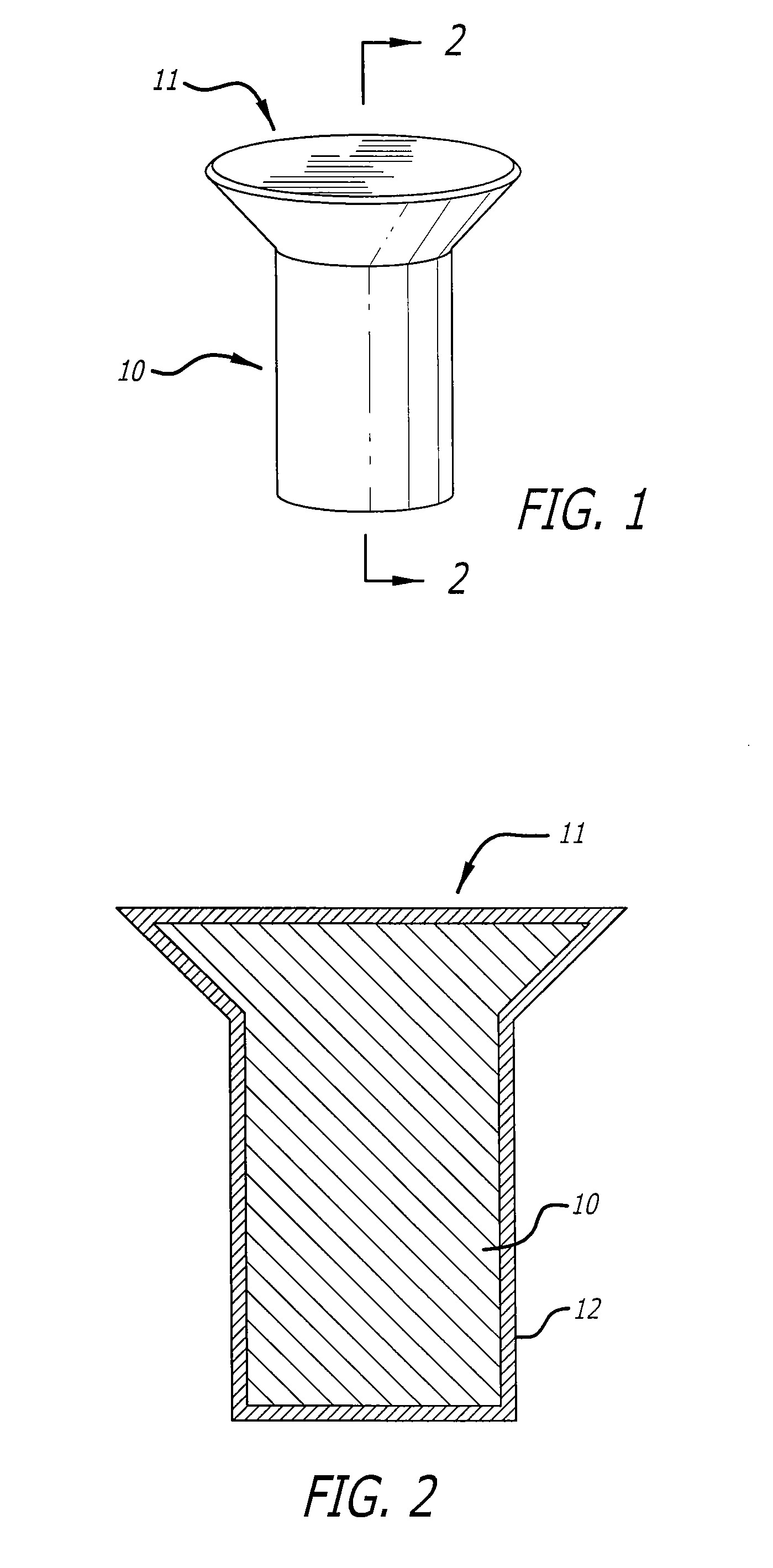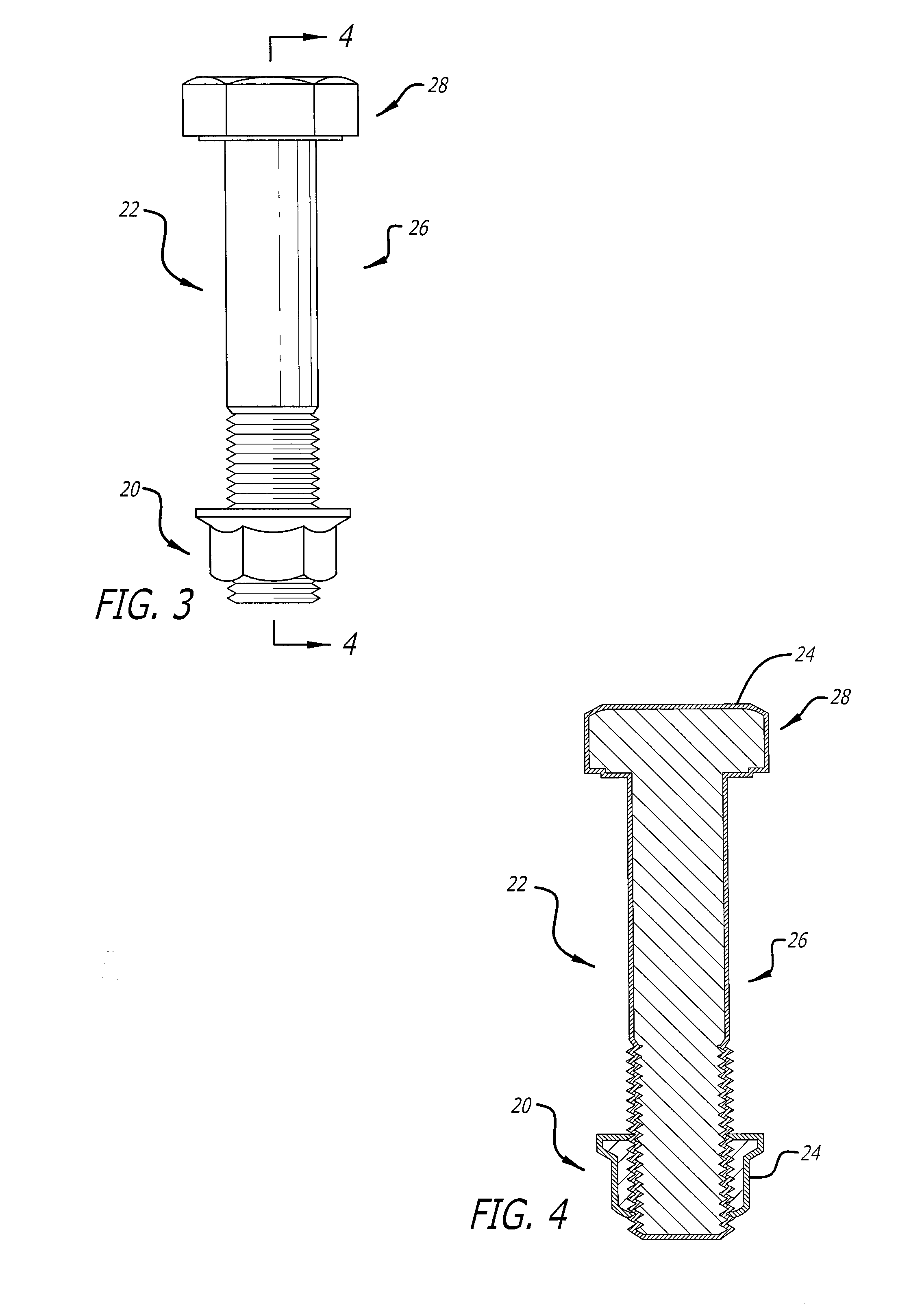Anti-corrosion and low friction metal pigmented coating
- Summary
- Abstract
- Description
- Claims
- Application Information
AI Technical Summary
Benefits of technology
Problems solved by technology
Method used
Image
Examples
examples
Corrosion Test Results
[0031]Three corrosion resistant coatings with various corrosion inhibitors (1-Strontium Chromate, 2-BTTSA+BTTSA amine+salt mixture, 3-Polyamine Fatty acid salt (PFAS)+salt mixture) were used to coat titanium fasteners, which were inserted in an aluminum alloy block to form an assembly. Each assembly was exposed to neutral salt spray test (5% sodium chloride solution) for 500 hours. A 5% sodium chloride solution is sprayed on the assemblies in a salt spray chamber at 95° Fahrenheit according ASTMB117 standard. After 500 h exposure the assemblies were taken apart and aluminum surface in contact with the fasteners was inspected for corrosion attack (pits). Results are shown in the table below:
Corrosion% CorrosionNumber ofInhibitorInhibitorcorrosion pitsStrontium2.5nonechromateBTTSA +4 + 4 + 4noneBTTSA Amine +salt mixturePFAS + salt2-15 + 4nonemixture
[0032]The addition of a new corrosion alkaline polyamine fatty acid salt corrosion inhibitor has enabled the ability...
PUM
| Property | Measurement | Unit |
|---|---|---|
| Percent by mass | aaaaa | aaaaa |
| Percent by mass | aaaaa | aaaaa |
| Particle size | aaaaa | aaaaa |
Abstract
Description
Claims
Application Information
 Login to View More
Login to View More - R&D
- Intellectual Property
- Life Sciences
- Materials
- Tech Scout
- Unparalleled Data Quality
- Higher Quality Content
- 60% Fewer Hallucinations
Browse by: Latest US Patents, China's latest patents, Technical Efficacy Thesaurus, Application Domain, Technology Topic, Popular Technical Reports.
© 2025 PatSnap. All rights reserved.Legal|Privacy policy|Modern Slavery Act Transparency Statement|Sitemap|About US| Contact US: help@patsnap.com



